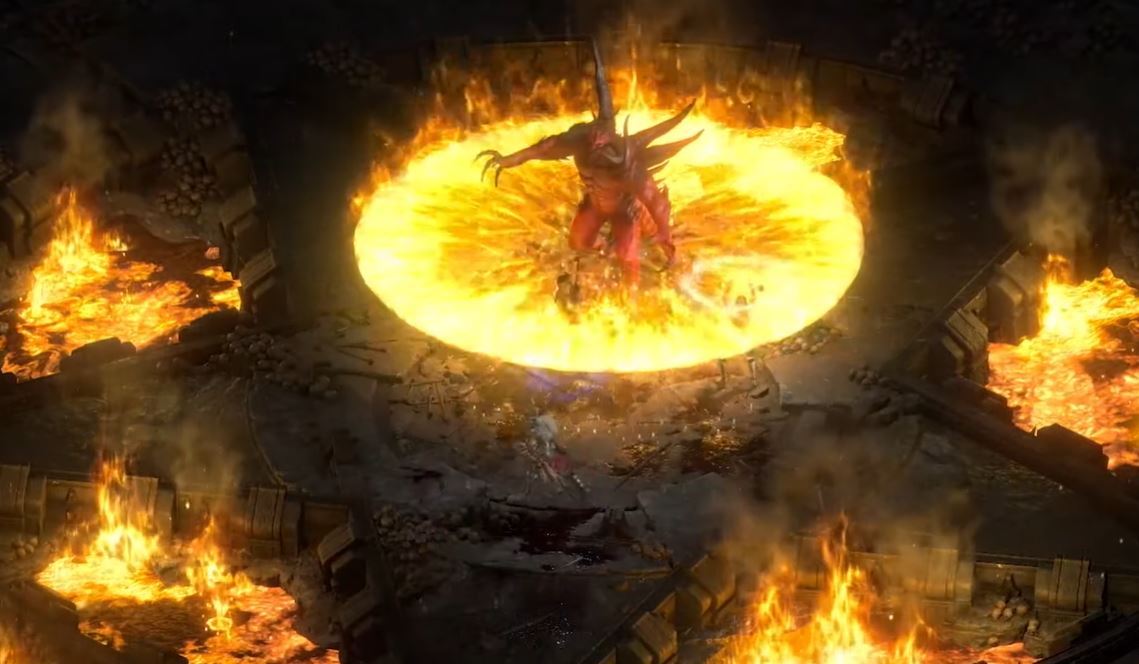
Runes and the runewords they create when combined properly are a powerful part of your arsenal in Diablo 2: Resurrected. Runes and runewords were introduced in Diablo 2's expansion Lord of Destruction in 2001. The expansion added Act 5 and a complete shake-up of the game with the addition of runes.
In the base Diablo 2, end-game builds revolved around certain unique weapons and armor. Runewords gave players something else to farm for, not only the runes themselves but the perfect pieces in which to fit them. The most coveted runes can also be used as currency in trading for the best items.
Runes and runewords are a core aspect of Diablo 2: Resurrected that improves your items and your abilities. They are also essential for the online market and trading with other players. In this article, we will help you understand how runes and runewords function, what advantages they offer, and how to create them. We will also go over all the runewords in Diablo 2: Resurrected, including the latest ones from Patch 2.4 and Patch 2.5.
Diablo 2: Resurrected - What are runes?
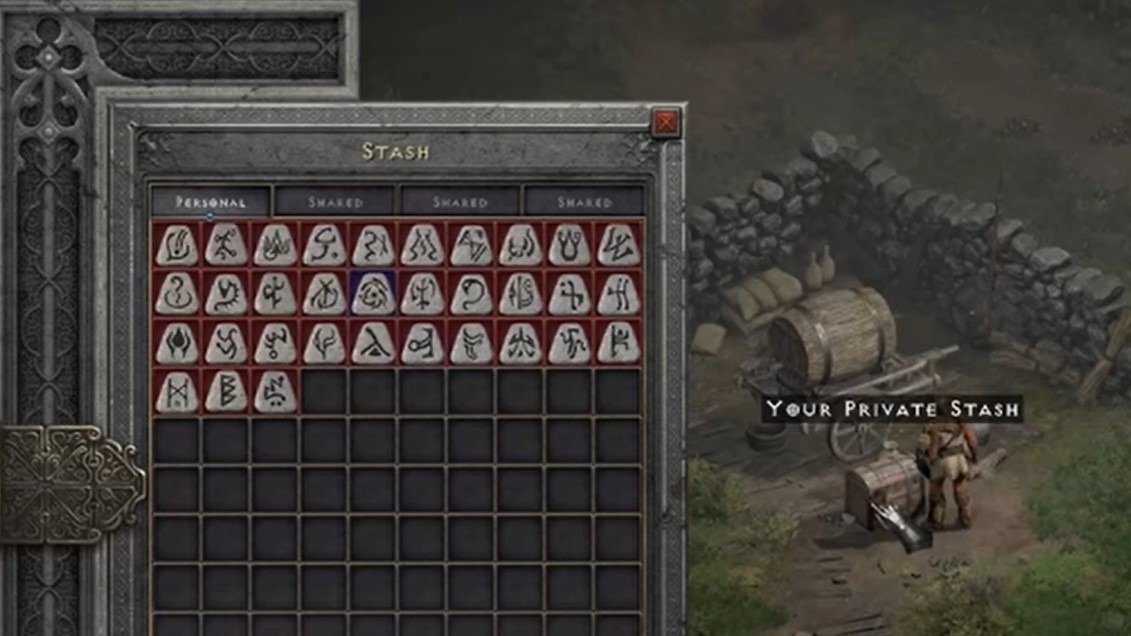
Runes are a kind of item that you can encounter anywhere in Diablo 2: Resurrected, no matter if you are playing on Normal, Nightmare or Hell difficulty. However, some places are more effective for farming runes than others, and we will tell you more about them later in this guide.
Runes can be placed into socketed items to enhance them with different benefits and attributes. However, the best way to use runes is to combine them in a certain unique sequence to create a runeword. A runeword is a special combination that gives certain properties to your item.
If you get your hands on the mid to high runes, handle them with care!
Runes also have another use, they can also be used in the Horadric Cube and combined with gear to make repairs. If you're struggling for gold and cannot afford a vendor repair, this can be a great substitute. To do this, you need to put a Ral rune and your broken gear in the Horadric Cube and transmute them. This will fix your gear and make it usable again.
Runes can also be upgraded in the Horadric Cube by combining three runes of the same type to get one rune of the next higher level. This is often called “cubing up”. For example, you can put three El runes in the Horadric Cube and transmute them to get one Eld rune. This way, you can get higher-level runes without waiting for them to drop. You can find this recipe and other useful combinations below.
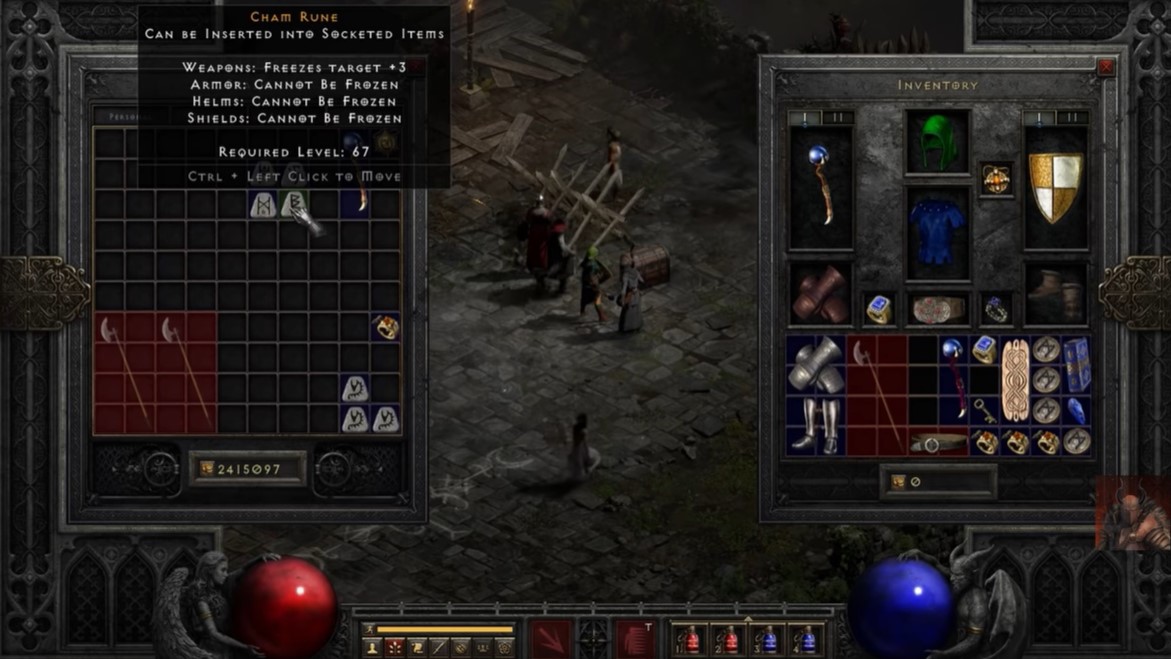
Each rune has a rarity value from the most common (El) to the rarest (Zod) depending on how often they drop, and your likelihood of acquiring them naturally. Because of this, they are often used as currency when trading in Diablo 2. El to Lem are considered low-value, common runes. Pul to Gul are mid-value, and Vex to Zod are considered the most valuable runes. If you get your hands on the mid to high runes, handle them with care!
Diablo 2: Resurrected - List of Runes
Following is a chart with all of the Diablo 2: Resurrected runes, their effects and the level you need to be to use them.
Diablo 2: Resurrected - How to use runes
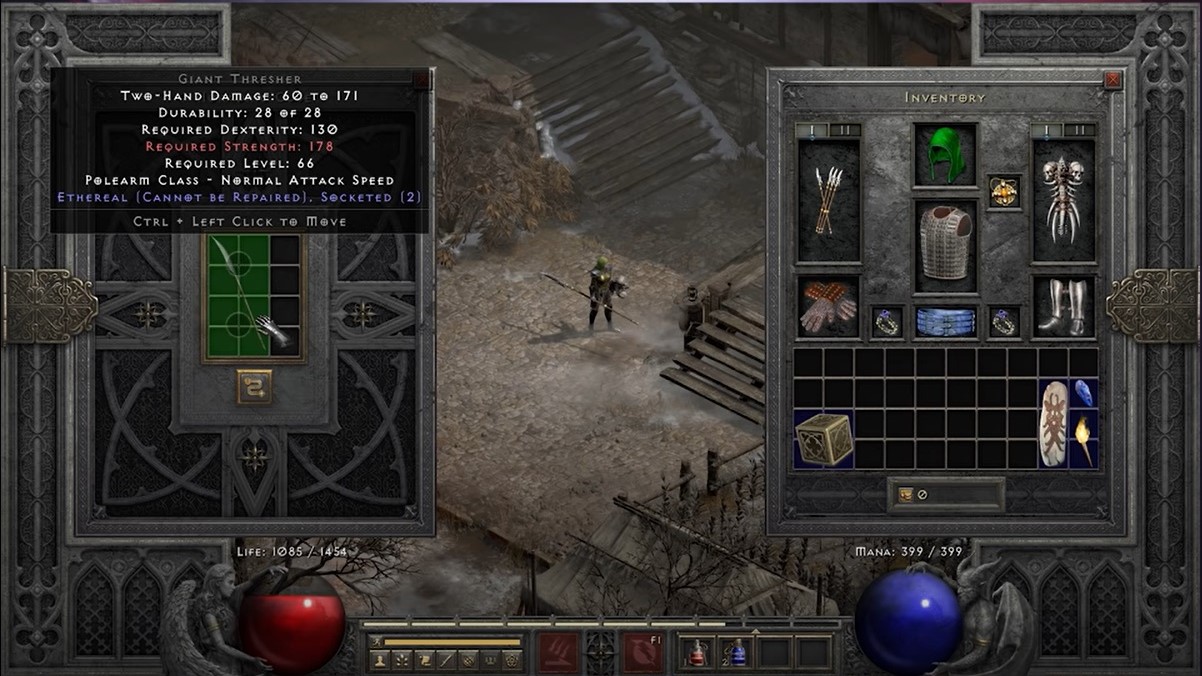
Crafting runewords is an essential part of the core Diablo 2: Resurrected gameplay if you want to reach the dizzying heights of Hell difficulty. They can be challenging to understand for a beginner and it’s easy to slip up and forfeit your rare runes.
Not only do you need to find the right runes to create your chosen runeword, but you must also make sure you are equipping the runes to the correct item. Some runewords only work in specific weapons or armor. Those pieces must also have the correct amount of sockets. For example, to create Stealth which is Tal + Eth, you need an item with two sockets. No more, no less.
The item you are socketing the runeword into also needs to be of grey or white quality. By this, we mean no magical properties (blue items) and no yellow, gold, or green set items.
Finally, once you have your perfect piece to place your runeword, ensure you place them in the correct order. You only get one chance and if done incorrectly the runes are stuck as they are.
You must be sure you are using the appropriate item for which to place your runeword. Some runewords can only be placed in item categories such as “Body armor” which specifically refers to items worn on your body. A runeword meant for a mace will not work on a hammer. “Melee weapons” does not include bows or crossbows. Orbs are also not melee weapons. The “Insight” runeword only works on polearm weapons.
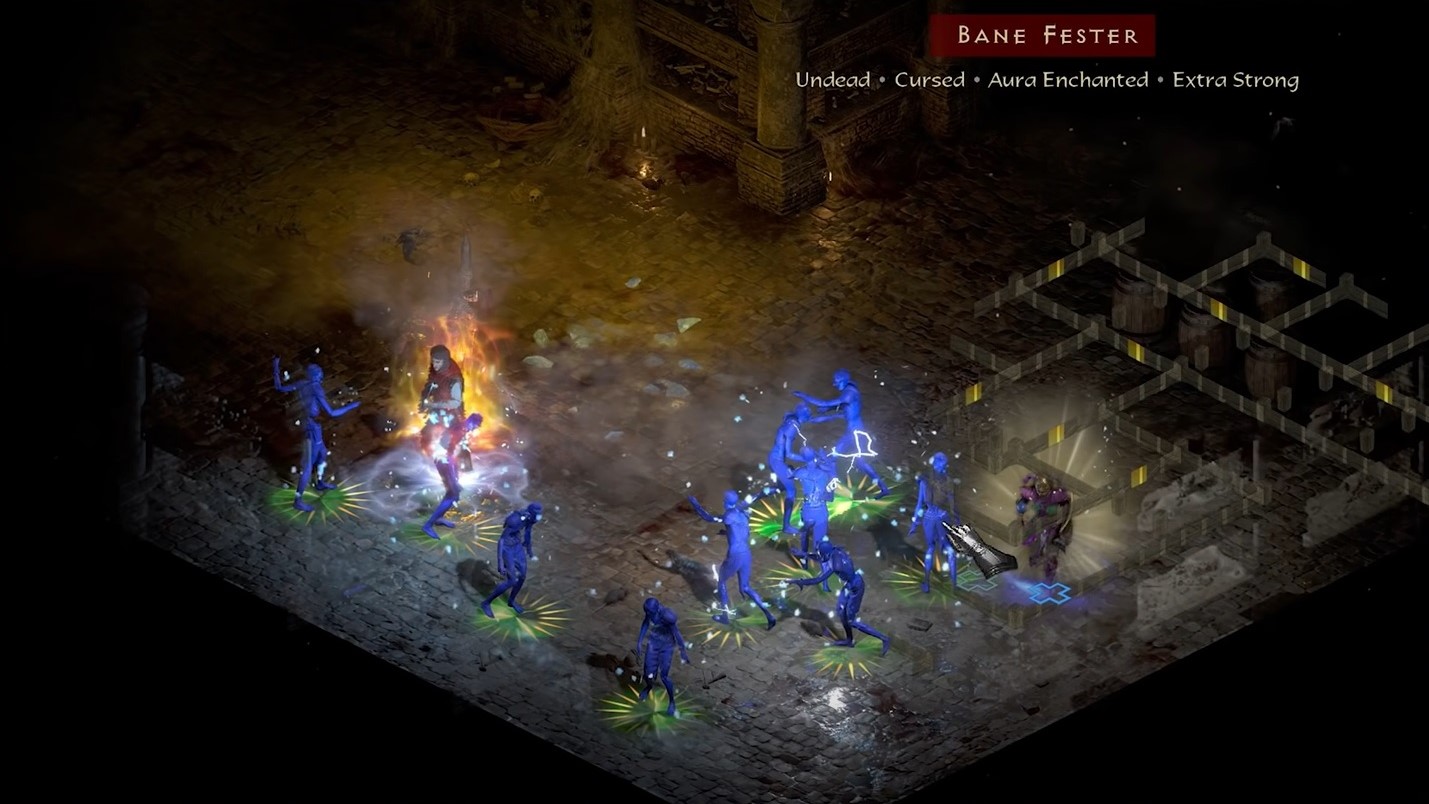
Runewords when crafted have variable stats that determine their quality, just like any other loot drop. The better a base you use, the higher your chance of the best roll possible.
An example of this would be putting a runeword on your mercenaries equipment. For this, we would always suggest using an Ethereal base. Ethereal bases have improved stats with the drawback being that they cannot be repaired, however, mercenary weapons and armor do not lose durability so you get the best of both worlds. Small tricks like this will boost your power.
Runewords can be equipped on any type of character. They will receive the runeword's bonuses unless otherwise stated. That means you can equip, say, a Beast runeword on a Sorceress and give her the ability to turn into a Werebear. This diversifies builds and gives players plenty of options when it comes to fun playstyles.
Diablo 2: Resurrected - Runewords A-F
Following is a list of runewords that are available in Diablo 2: Resurrected, as well as which items work with these words and which runes are required.
Diablo 2: Resurrected - Runewords G-L
Diablo 2: Resurrected - Runewords M-R
Diablo 2: Resurrected - Runewords S-Z
Diablo 2: Resurrected - Best farming areas for runes
Runes drop while fighting your way through Sanctuary, but some areas are more bountiful in drop rates than others. The most common area by far that players will farm runes is by fighting The Countess in Act 1, but we've included a list here of all the best places to farm runes, and which quests guarantee rune rewards.
- Act 1 - Black Marsh - Forgotten Tower - The Countess is located on level 5 and will drop between 1-3 runes upon defeat.
- Act 2 - Arcane Sanctuary - The ghosts here have a limited loot table, making them a prime target for rune farming, and there are numerous chests.
- Act 3 - Travincal - High spawn rate of unique enemies here, specifically the Council Members, make this a popular farming spot for high-value runes.
- Act 3 - Lower Kurast - This area has many super chests that have a high chance of dropping runes, especially high runes.
- Act 4 - Hellforge - Smashing Mephisto's Soulstone guarantees a rune.
- Act 4 - Chaos Sanctuary - This area is where you face off with Diablo and is a great loot-farming area for both runes and gear due to the high spawn rate of Elites.
- Act 5 - Mount Arreat - Complete the 'free 15 Barbarian Warriors' quest for a guaranteed 3 runes.
- Act 5 - Worldstone Keep - This area has a high monster density and a high level, making it a good place to find runes and other items.
- Act 5 - The Pits - This is a level 85 area that can drop any item in the game, including Zod runes.
- Act 5 - Ancient Tunnels - This is another level 85 area that can drop any item in the game.
- Secret Cow Level - opened using a Horadric Cube recipe, has a high rune drop rate due to enemy spawn levels.
Whether you're completely new to the game or are coming back after an extended hiatus, We've also put together this collection of 15 beginner tips and tricks for Diablo 2: Resurrected. And if you're worried you won't be able to run the game to its full potential, have a look at the best pre-built PCs for playing Diablo 2: Resurrected.







